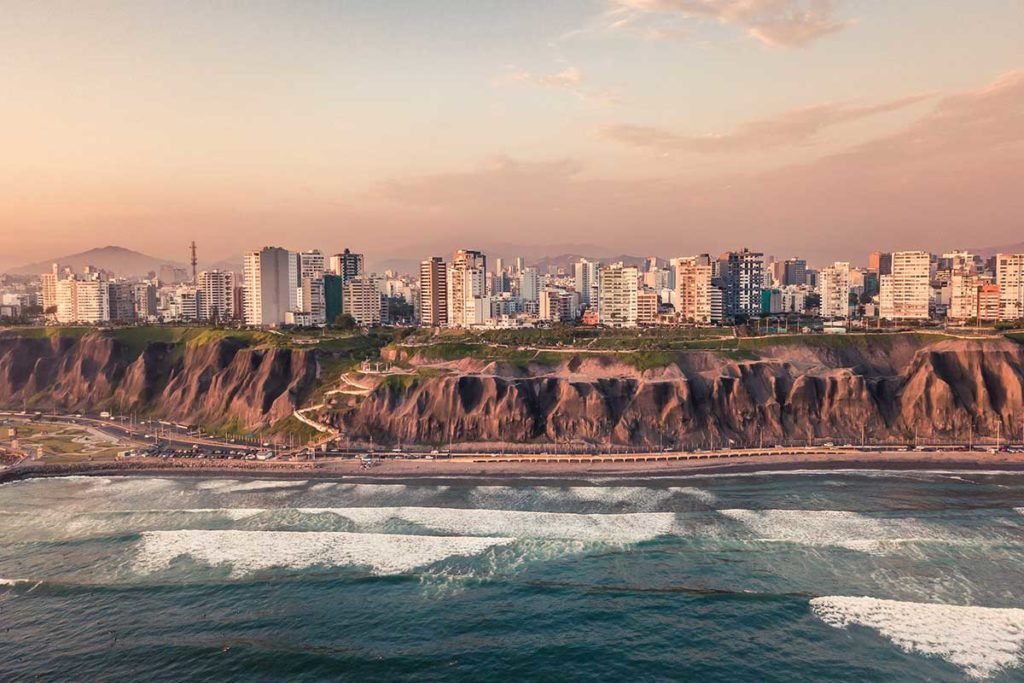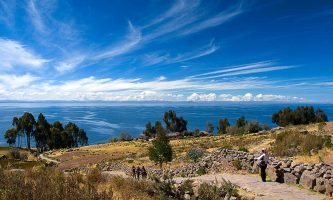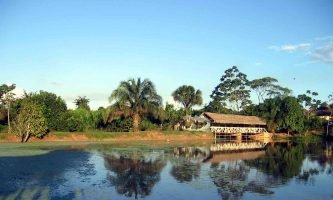Peru, a country where the Pacific Ocean meets the Andes and the Amazon, offers an unparalleled diversity of experiences to travelers. From the arid coastal deserts to the lush rainforests and the majestic highlands, each region presents a unique set of attractions and weather patterns. Understanding the best time to visit Peru is crucial for planning an unforgettable journey that aligns with your interests, whether they include exploring ancient ruins, trekking through breathtaking landscapes, or participating in vibrant cultural festivals.

Weather
Peru’s climate varies significantly from one region to another due to its geographical diversity. Generally, the country experiences two main seasons: the wet season and the dry season. However, these seasons affect each region differently, making certain times of the year more suitable for specific activities and travel experiences.
Coastal Region (Lima, Paracas, Mancora)
The coastal region, including the capital city of Lima, enjoys a mild desert climate with two distinct seasons. The summer (December to March) brings warm temperatures and sunny skies, ideal for beach activities and exploring coastal towns. The winter (May to September) is cooler and marked by the garúa, a dense sea fog that can limit sun exposure but also adds a mysterious ambiance to the coastal landscape.
Andean Highlands (Cusco, Machu Picchu, Arequipa)
The Andean highlands feature a more pronounced seasonal variation. The dry season (May to October) offers sunny days and cold nights, providing optimal conditions for trekking to iconic sites like Machu Picchu and exploring other Incan ruins. Conversely, the wet season (November to April) sees more rainfall, which can affect travel plans but also brings lush greenery and fewer tourists.
Amazon Rainforest (Iquitos, Puerto Maldonado)
The Amazon experiences a hot, humid climate year-round, with a wetter season from November to April. This season is ideal for riverboat expeditions as higher water levels allow deeper access into the jungle. The drier months (May to October) are better for wildlife spotting, as animals congregate around the fewer water sources.
Seasonal Guide to Visiting Peru
Choosing the best time to visit Peru depends on your desired activities and the regions you plan to explore. Here’s a detailed month-by-month breakdown to help you plan your trip.
Dry Season (May to October)
- Ideal for: Trekking, mountain biking, cultural festivals
- Highlights: Clear skies and little rainfall make this the perfect season for outdoor adventures. This period includes some of Peru’s most significant festivals, such as Inti Raymi in Cusco. However, it’s also the peak tourist season, so expect higher prices and crowded sites, especially from June to August.
Want to know how is the weather in each months?
- Peru in May
- Peru in June
- Peru in July
- Peru in August
- Peru in September
- Peru in October
Rainy Season (November to April)
- Ideal for: Bird watching, photography, budget travel
- Highlights: The landscapes are at their most vibrant, with waterfalls and rivers full of water. It’s the best time for photographers and nature lovers to capture the beauty of Peru. Tourist sites are less crowded, and prices for accommodation and tours are generally lower, except during the Christmas and New Year holidays.
Want to know how is the weather in each months?
- Peru in November
- Peru in December
- Peru in January
- Peru in February
- Peru in March
- Peru in April
Cultural Events and Festivals
Peru’s rich cultural tapestry is on full display throughout the year, offering travelers the chance to experience its traditions and celebrations firsthand.
Inti Raymi (June)
The Festival of the Sun is a reenactment of an ancient Inca ceremony in honor of the sun god Inti. It takes place in Cusco, drawing thousands of visitors and locals alike.
Semana Santa (Easter Week)
One of the most important religious events in Peru, Semana Santa is celebrated with processions and ceremonies throughout the country, with Ayacucho hosting the most famous festivities.
Fiesta de la Candelaria (February)
In Puno, the Festival of the Virgin of Candelaria combines Catholic traditions with indigenous music, dance, and costumes in one of the largest and most colorful festivals in South America.
Travel Tips for a Perfect Peru Journey
Plan and Book in Advance
Especially during the dry season and around major cultural festivals, accommodations, and popular tours (like the Inca Trail) can sell out months in advance.
Pack for All Conditions
Even in the dry season, evenings in the Andes can be chilly. Bring layers and prepare for various climates, especially if your itinerary covers multiple regions.
Respect Altitude Acclimatization
Many of Peru’s highlights are at high altitude. Spend a few days acclimatizing in a city like Cusco before attempting strenuous activities.
Embrace Local Experiences
Peru’s diverse cultures offer rich experiences beyond the tourist trails. Try local foods, learn a few phrases in Spanish or Quechua, and engage with local communities respectfully.
Conclusion
The best time to visit Peru varies widely depending on the experiences you seek. For clear skies and outdoor adventures, plan your visit during the dry season. If you prefer lush landscapes and fewer crowds, the rainy season might be your ideal choice. Regardless of when you go, Peru’s incredible diversity—from its landscapes to its cultures—promises an unforgettable journey.
Remember, the key to a successful trip lies in planning and flexibility. By understanding the best times to visit different regions, preparing for Peru’s varied climates, and embracing the country’s rich cultural heritage, you’re set for an adventure of a lifetime in one of South America’s most enchanting destinations.



